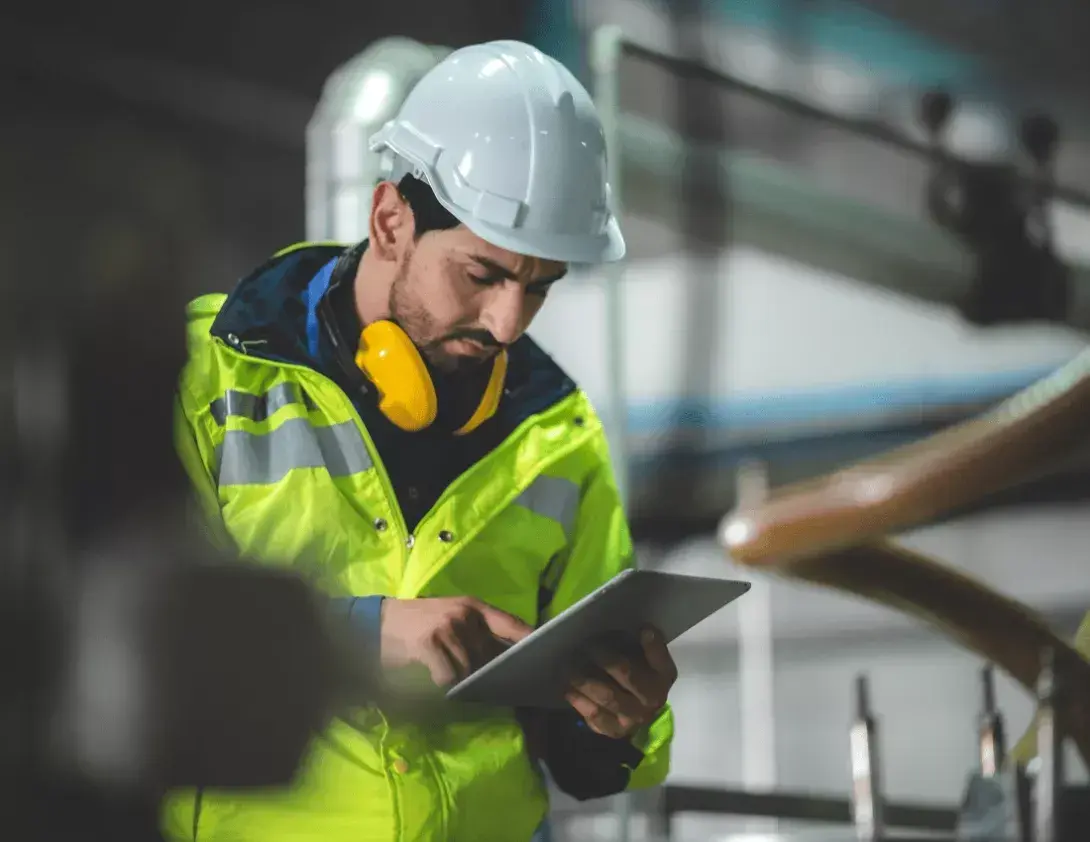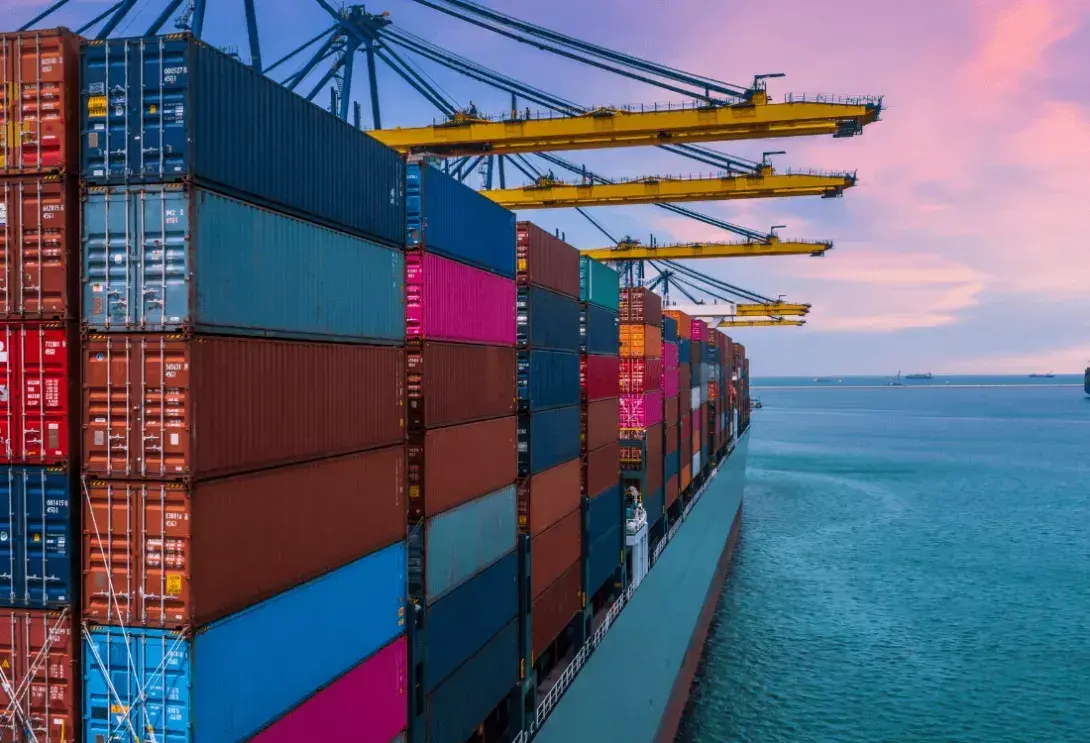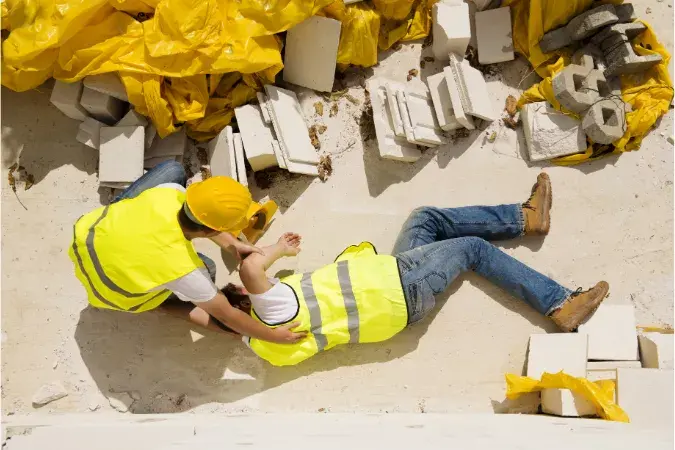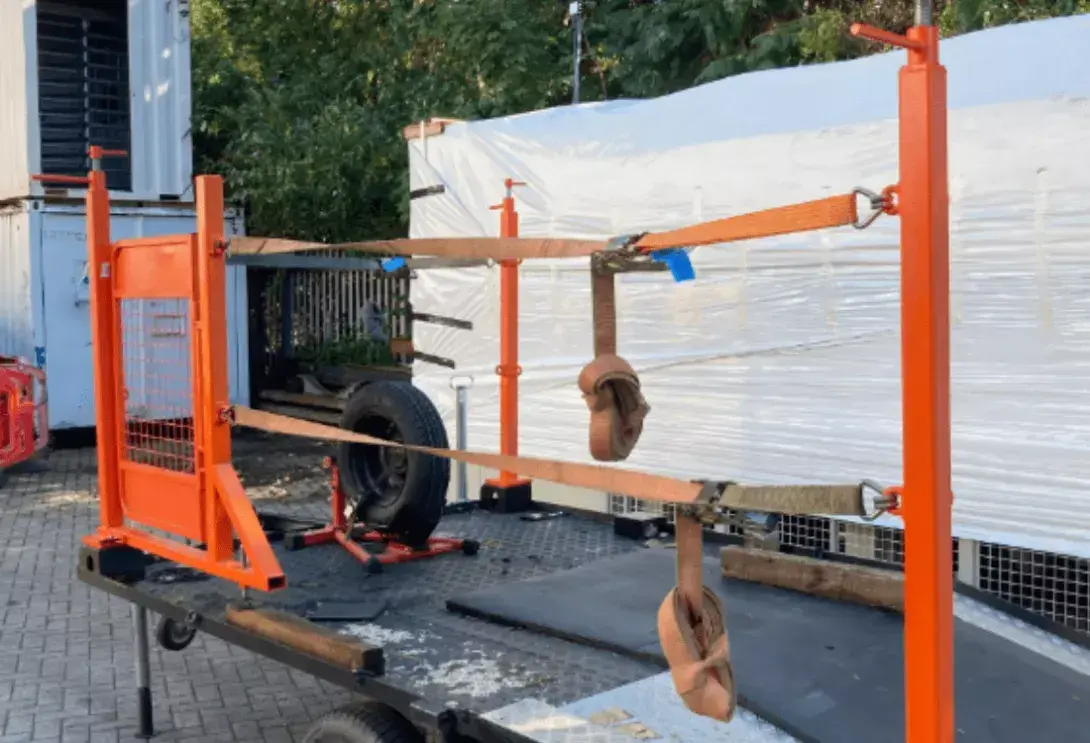Exploring The Hierarchy Of Control Measures When Working At A Height
By Ray Simmons on Sep 12, 2025 10:44:58 AM

Working at a height is one of the riskiest parts of any industry outside the office environment. Therefore, persons with an active role in health and safety must understand and apply the hierarchy of controls when there is the potential for working from height. With that in mind, here is a brief guide to the hierarchy of working at height controls.
The work at height hierarchy of controls in brief
Per the guidance from the Health and Safety Executive (HSE), the hierarchy of working at height controls can be summarised as follows:
- Can you avoid working at a height in the first place?
- If not, can you prevent a fall from occurring?
- If not, can you minimise the distance and/or consequences of a fall?
The majority of a health and safety team’s effort will go into ways to prevent falls and minimise the consequences of any falls that do happen for those working at height. Here are some key pointers on how to achieve this.
Assessing the working environment
Make sure that you are fully aware of all the relevant hazards. These will typically fall into three categories:
- Long-term, general hazards (e.g. power lines)
- Long-term, specific hazards (e.g. weak/fragile surfaces in specific areas)
- Temporary hazards (e.g. adverse weather)
The fact that some hazards can be temporary means that the safety of a working environment must be continually reassessed.
Selecting appropriate equipment
Equipment is generally your first line of defence against the risks of working at height. Although always viewed as the ‘last resort,’ all workers will need a high level of personal protective equipment (PPE). This will usually include hard hats with chin straps, boots and high-visibility gear, harnesses fit for the activity, and lanyards. Tool tethers will also be a requirement.
Some workers also require specialist tools for tasks and often work as part of a team. When, for example, workers access the tops of shipping containers to maintain equipment or to fit other equipment, such as CCTV mats, they will benefit from the Shearforce Container Collective Edge Protection System (ConCEPS) rather than trying to find something to ‘clip’ onto and thus introducing additional trip hazards etc.
ConCEPS attaches to the top corners of all shipping containers from 10' to 40' +. It comes complete with a double handrail system and a sprung access gate. The ConCEPS solution, therefore, maximises both the usable space of a shipping container and worker activity and safety.
Maintaining the equipment
To ensure that equipment remains in good working order (i.e. safe), it must be properly maintained and, if necessary, repaired. To ensure this happens, maintenance and repair tasks need to be explicitly made a part of at least one person’s job description. They also need to be included in a project's schedule and budget.
Delegating maintenance and repair tasks to individuals does not necessarily mean they must perform them personally (although it can). It can also mean that the individual has ownership of ensuring they are done. They should also be tasked with reporting back to management when the equipment shows indications of coming to the end of its useful life.
Providing worker training and supervision
When as much as is practicable has been done to prepare the site for workers, the last step is to ensure they are properly trained and supervised. The workers must be clear on the correct procedures to follow, the risk that the activity presents, and the equipment for their tasks.
To find out more about ConCEPS, please contact us today.
You May Also Like
These Related Stories

Mitigating Falls in Shipping Container Operations

Don’t Settle For Mediocre Fall Arrest: Discover Better Alternatives



No Comments Yet
Let us know what you think